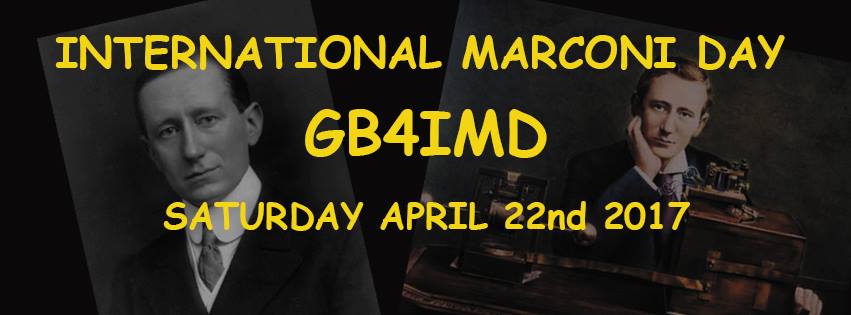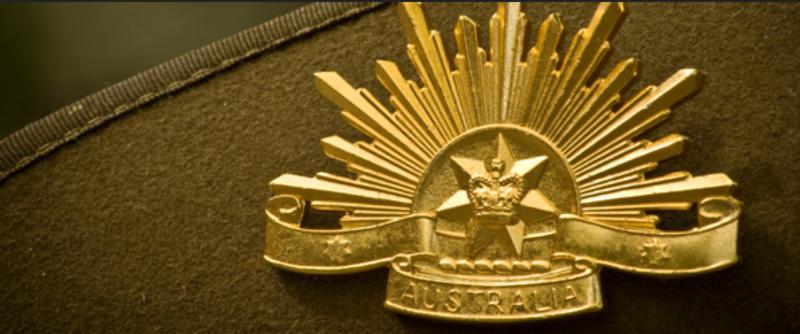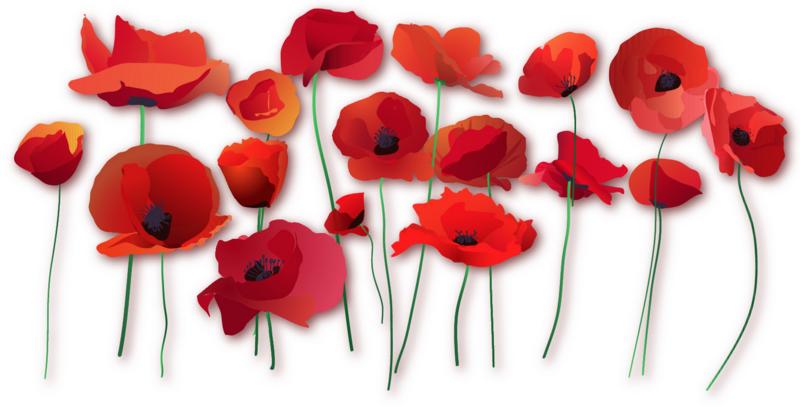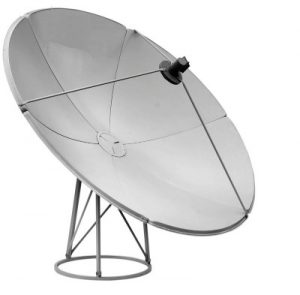
From the WIA, original post here.
Date : 22 / 04 / 2017
Author : Jim Linton – VK3PC
The Radiocommunications Act that has served Australia for 25 years is to be replaced by a modern approach to spectrum control and licensing. Australian Communications and Media Authority (ACMA) Acting Chairman Richard Bean has given a little insight on what is ahead, during a CommsDay Summit 2017 speech in Sydney. Mr Bean said the radiofrequency spectrum can only increase in importance for economic and social activity, and a source of competitive commercial advantage.
His speech on April 11 told of the ACMA’s approach to the important reforms to better respond to pressures already building and developing approaches robust enough to support future innovation and growth. Mr Bean confirmed that a new legislative and policy framework is being developed by the government to open up significant reform opportunities, and the ACMA has been preparing for the journey ahead. Already known is that the Radiocommunications Act will be replaced to make Australia’s spectrum framework simpler, more efficient and flexible to use.
While the new Act will be the work of the Department of Communications and the government, implementation of it will fall to the ACMA. First to come will be an Exposure Draft by the Department with the ACMA asked to contribute material to reflect some preliminary observations about how key aspects of the Bill may operate. Mr Bean assured that a staged transition will ensure the rights of existing licence-holders are not diminished. The ACMA will consult with spectrum user groups on the proposed changes and their timing. More information on this is expected at the RadComms conference on November 1-2 this year. It will also announce consultation with interested parties in coming months. The ACMA’s next Five-year spectrum outlook later this year will be an early opportunity to consult with industry on how best to build spectrum review implementation into its work program.
While a lot of his speech was of particular interest to other spectrum users, the new Act will have an impact of the Amateur Service and is being watched by the Wireless Institute of Australia who looks after our interests.
The speech is available here.




